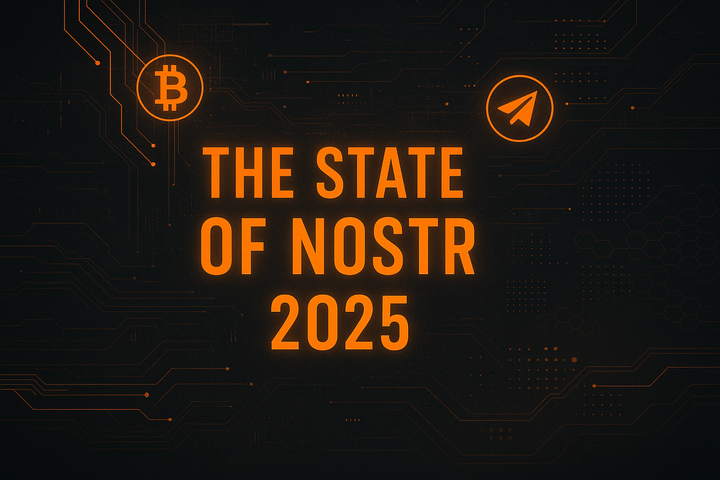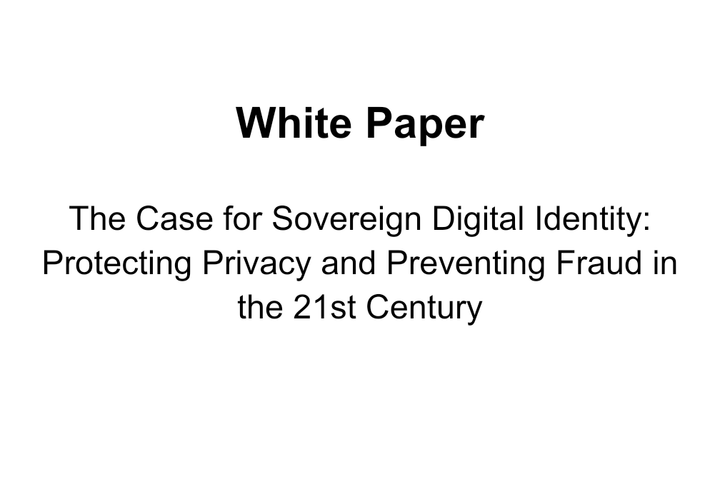Nostr’s Zap Boom: How 5 Million Zaps Signal a New Era for Decentralized Social

In May 2025, the decentralized social media protocol Nostr reached a staggering milestone:
5 million Zaps sent between users.
This figure, shared by @lopp on X, marks a pivotal moment for Nostr and the Bitcoin Lightning Network, showcasing how micropayments are transforming online interactions.
Zaps, small, instant Bitcoin payments sent over the Lightning Network, are more than just a tipping mechanism; they’re a cultural and economic shift toward a “value-for-value” model that could redefine how we engage with content online.
Let’s dive into what this Zap boom means for creators, developers, and the future of decentralized social platforms.
ON NOSTR is a reader-supported publication. To receive new posts and support my work, consider becoming a free or paid subscriber.
The Zap Phenomenon: What Are Zaps and Why Do They Matter?
Zaps are micropayments made via Bitcoin’s Lightning Network, a layer-2 scaling solution that enables near-instant, low-cost transactions.
Integrated into Nostr through NIP-57, Zaps allow users to send tiny fractions of Bitcoin, known as satoshis (sats), to reward content creators, tip for insightful posts, or even pay for services in real time.
Unlike traditional payment systems like PayPal or credit cards, which are impractical for micropayments due to high fees, Zaps are fast, cheap, and seamless, often costing less than a cent per transaction.
The appeal of Zaps lies in their simplicity and immediacy. Imagine browsing a Nostr client like Damus or Amethyst, stumbling across a thought-provoking post, and clicking a lightning bolt icon to send the creator 100 sats (about $0.02 at current rates).
The transaction is instant, and the creator receives it directly, with no middleman skimming fees.
This directness fosters a sense of connection and incentivizes high-quality content, as users can reward creators for posts that resonate, whether it’s a witty meme, a deep dive into Bitcoin trends, or a heartfelt comment.
The 5 million Zap milestone, reached in May 2025, underscores the growing adoption of this system.
As @lopp noted on X, these Zaps represent “10 days worth of block space conserved” by leveraging the Lightning Network, which processes transactions off-chain to reduce congestion on Bitcoin’s blockchain.
This efficiency not only makes Zaps practical but also highlights their scalability for a global audience.
A Creator’s Perspective: Monetizing with Zaps
To understand the real-world impact of Zaps, Sarah, a content creator who uses Nostr’s Habla.news to share her writing on decentralized finance.
“Zaps have been a game-changer,” she says. “On traditional platforms, I’d rely on subscriptions or ads, but the platforms take a huge cut, and payouts are slow.
With Zaps, I get instant payments directly to my Lightning wallet.
Last month, I earned 50,000 sats, about $10, for a single article that went viral on Nostr. It’s not a fortune, but it’s real-time feedback from my audience.”
Sarah’s experience reflects a broader trend.
On Nostr apps like Habla.news and Fountain.fm, creators can monetize everything from blog posts to podcasts without relying on centralized platforms like Patreon or Substack.
Unlike those platforms, which often charge 10-20% fees and delay payouts, Zaps enable direct, low-fee transactions.
This empowers creators to build sustainable income streams while fostering a closer connection with their audience.
The Value-for-Value Revolution
The rise of Zaps signals a cultural shift toward a “value-for-value” economy, where users pay for content they find valuable rather than being bombarded with ads or locked into subscriptions.
This model contrasts sharply with traditional social media, where platforms profit by monetizing user data or charging creators hefty fees.
On Nostr, the absence of a middleman means creators keep more of their earnings, and users have more control over their data and interactions.
This value-for-value approach could disrupt platforms like Patreon or Substack.
For example, Patreon takes a 5-12% cut of creators’ earnings, plus payment processing fees, while Substack charges 10%.
In contrast, Zaps have near-zero fees, and the decentralized nature of Nostr ensures creators aren’t beholden to a single platform’s rules or algorithms.
As BitcoinSandy, a Nostr user, put it, “It’s a good feeling sending instant value to someone who values freedom.”
This ethos of direct support resonates with users, especially in regions where traditional financial systems are restrictive.
Moreover, Zaps introduce a gamified element to social media. Users zap for fun, to show appreciation, or even to signal status within the community.
Some Nostr clients display public Zaps on a user’s profile, creating a feedback loop that encourages more engagement.
This dynamic is already driving adoption, with Nostr boasting over 4 million users and 1 million weekly active users as of mid-2023.
Challenges and Barriers to Adoption
Despite their promise, Zaps and Nostr face challenges. Setting up a Lightning wallet and linking it to a Nostr profile can be daunting for newcomers.
Users need a compatible wallet (like Alby or Wallet of Satoshi) and a Nostr client that supports Zaps (like Damus or Amethyst).
While custodial wallets like Wallet of Satoshi are user-friendly, they raise concerns among Bitcoin purists who prioritize self-custody.
Non-custodial options like Phoenix or Breez exist, but they require more technical know-how and don’t yet support static Lightning addresses for receiving Zaps.
Relays, the servers that store and distribute Nostr content, also pose a challenge.
Running a relay can be resource-intensive, and while some propose charging micropayments for access, scaling this model to Twitter-like levels is uncertain due to limited Bitcoin adoption and user expectations of free services.
The Future of Zaps and Nostr
The 5 million Zap milestone is just the beginning.
As Nostr grows, its integration with the Lightning Network could unlock new use cases, from pay-per-second streaming to decentralized gig economies.
Imagine a world where freelancers are paid instantly via Zaps as they work, or where viewers tip video creators per minute watched, possibilities that traditional payment systems can’t match.
For developers, Nostr’s open protocol offers a playground to build innovative apps. Clients like Primal and Olas are already experimenting with features akin to X and Instagram, while Zaps add a financial layer that incentivizes creativity.
As Vitor Pamplona, creator of the Amethyst client, noted in a 2025 interview, Nostr’s potential lies in its ability to let users “do their thing” while subtly introducing them to Bitcoin and decentralization.
Call to Action: Try Zapping Today!
Ready to join the Zap revolution?
Download a Nostr client like Damus or Amethyst, set up a Lightning wallet (Alby or Wallet of Satoshi are great starting points), and send your first Zap to a creator you admire.
It’s as simple as clicking the lightning bolt icon and choosing an amount.
Share your experience in the comments below, did you Zap a meme, a blog post, or a podcast?
How did it feel to send instant value across the globe?
Nostr’s Zap boom is more than a number; it’s a signal that decentralized social media, powered by Bitcoin’s Lightning Network, is here to stay.
As we move toward a value-for-value future, the question isn’t whether Zaps will change the game, it’s how far they’ll take us.
ON NOSTR is a reader-supported publication. To receive new posts and support my work, consider becoming a free or paid subscriber.









Comments ()